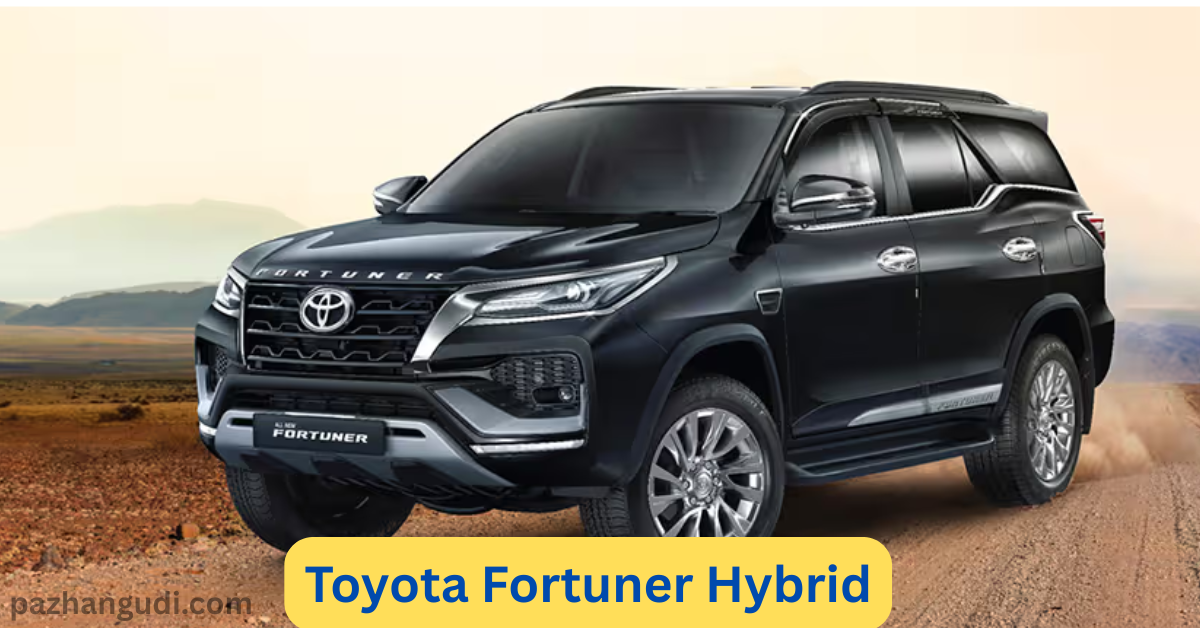Decoding Toyota’s Strategic Shift Toward Electrified Dominance
The Toyota Fortuner stands as an indomitable force in India’s SUV landscape, commanding 68% market share in the ₹30-50 lakh segment despite minimal generational changes since 2016. For 2026, Toyota prepares its most radical transformation yet: a hybrid-powered Fortuner that merges diesel muscle with electric intelligence. This definitive guide dissects every leaked specification, strategic implication, and ownership implication of Toyota’s gamble to future-proof its cash cow against tightening emission norms and rising competition.
Table 1: 2026 Fortuner Hybrid – Projected Specifications vs Current Models
| Parameter | 2026 Hybrid (Projected) | 2025 Neo Drive 48V | 2025 GR-S Diesel |
|---|---|---|---|
| Powertrain | 2.8L Diesel + Permanent Magnet Motor | 2.8L Diesel + 48V Mild-Hybrid | 2.8L Turbo-Diesel |
| Max Power | 220 PS (combined) | 204 PS | 204 PS |
| Peak Torque | 550 Nm (combined) | 500 Nm | 500 Nm |
| Electric Boost | 40 PS / 150 Nm | 11.5 PS / 85 Nm | N/A |
| Transmission | e-CVT / 6AT Option | 6AT | 6AT |
| EV-Only Range | 3-5 km | None | None |
| Fuel Efficiency (Claimed) | 18.5 kmpl | 13.15 kmpl | 12.65 kmpl |
| 0-100 km/h | 8.9 sec | 10.2 sec | 10.5 sec |
| Battery Type | Nickel-Metal Hydride | Lithium-Ion (48V) | N/A |
| Drive Modes | EV/ECO/POWER/4WD Custom | Eco/Normal/Sport | Eco/Normal/Sport |
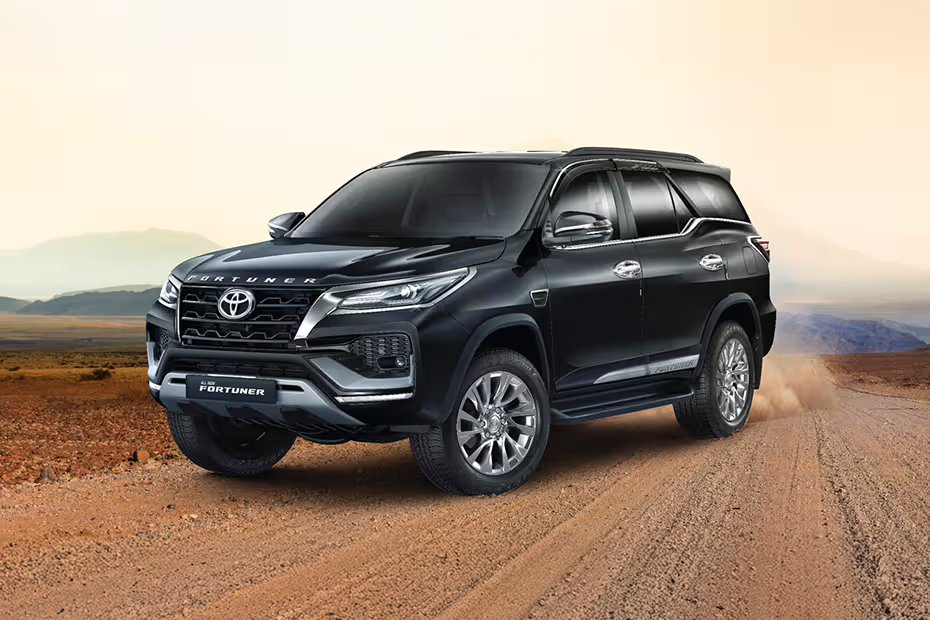
1. The Hybrid Imperative: Why Toyota Must Electrify
A. Regulatory Pressure Mounting
With India enforcing CAFE III norms (Corporate Average Fuel Efficiency) by 2027 mandating 91.7g CO2/km fleet averages, Toyota’s body-on-frame SUVs face existential risk. The current Fortuner emits 210-230g/km – untenable under new standards . Hybridization offers Toyota’s most viable compliance path without abandoning diesel loyalty.
B. Competitive Leapfrogging
Mahindra’s upcoming Scorpio-N Hybrid (2026) and Ford’s reborn Endeavour threaten the Fortuner’s hegemony. Toyota’s hybrid tech – proven in 19 million global deployments – provides a prestige advantage over mild-hybrid rivals .
C. Ownership Economics
Projections indicate the hybrid will command a ₹4-5 lakh premium over diesel models. However, 5-year TCO analysis reveals potential parity:
- Fuel Savings: ₹8.25/km (diesel) vs ₹5.2/km (hybrid) for 15,000 km/year = ₹2.25 lakh saved
- Resale Premium: Hybrids retain 5-7% higher value than ICE counterparts
2. Powertrain Deep Dive: Beyond the 48V Stopgap
A. Strong Hybrid Architecture
Unlike the token 48V system in current Neo Drive variants, the 2026 model adopts Toyota’s fifth-generation THS (Toyota Hybrid System) with:
- Permanent Magnet Synchronous Motor: Integrated within transmission tunnel
- Power Control Unit: 30% smaller than Prius unit for underbody clearance
- Regenerative Braking: Recaptures 80% of deceleration energy vs 35% in 48V systems
B. The Diesel-Electric Synergy
The 2.8L GD engine undergoes critical revisions:
- Atkinson Cycle Conversion: Delayed intake valve closing improves thermal efficiency
- High-Pressure Injectors: 2500-bar pressure for finer atomization
- Electric Water Pump: Eliminates parasitic belt drag
Combined output targets 220 PS with 30% lower NOx emissions – crucial for meeting BS7 norms .
C. Off-Road Electrification
Game-changing capabilities emerge:
- Silent Crawl Mode: EV-only propulsion at 5 km/h for wildlife zones
- Torque Vectoring+: Rear axle motors enabling tank turns
- Winch Power Export: 3.3 kW V2L outlet for recovery gear
Table 2: Projected Variant Lineup & Pricing Strategy
| Variant | Key Features | Ex-Showroom Price | Target Buyer |
|---|---|---|---|
| G 4×2 Hybrid | Fabric seats, 8″ touchscreen, 6 airbags | ₹38.99 lakh | Fleet operators, Taxi segment |
| GX 4×4 Hybrid | e-CVT, Terrain Select, LED headlamps | ₹44.85 lakh | Rural/Agri-business owners |
| VX 4×4 Hybrid | 12.3″ infotainment, Ventilated seats, JBL audio | ₹49.99 lakh | Urban luxury seekers |
| Legender Hybrid | Panoramic roof, 4-zone climate, ADAS Level 2 | ₹55.75 lakh | Status-focused elites |
| GR-S Hybrid | e-KDSS suspension, Crawl Control, TRD skid plates | ₹59.99 lakh | Off-road enthusiasts |
See more: Everything You Need to Know About the Yezdi Adventure 2025: India’s Rugged Value Champion Evolves
3. Design Revolution: Platform & Styling
A. IMV 2.0 Platform Evolution
Contrary to rumors of TNGA-F adoption, Toyota retains the updated IMV architecture with:
- Weight Reduction: 87 kg saved via high-strength steel
- Battery Integration: Underfloor placement maintains 225mm ground clearance
- Rear Suspension: Multi-link coil springs replace leaf springs
B. Exterior: Brutalist Electrification
Spy shots reveal evolutionary but distinct changes:
- Illuminated Toyota Logo: Blue-backlit emblem signaling electrification
- Active Grille Shutters: Improve aerodynamics (Cd 0.36)
- DRL Signature: C-shaped LEDs echoing bZ4X design language
- Hybrid Badging: Electro-blue accents on fenders and tailgate
C. Interior: Digital Command Center
The cabin undergoes its most radical transformation:
- Driver-Centric Layout: 12.3-inch digital cluster with off-road telemetry
- Eco Coach System: Real-time efficiency scoring
- Sustainable Materials: Recycled PET fabric upholstery (equivalent to 72 plastic bottles per vehicle)
- Third-Row Space: 120mm gained via battery-driven wheelbase stretch
Watch full review video:
4. Feature Wars: The Tech Arms Race
A. Toyota Safety Sense 3.0
India finally receives the global ADAS suite:
- Emergency Steering Assist: Prevents Himalayan cliff-edge missteps
- Night-Time Pedestrian Detection: Critical for rural road safety
- Radar Cruise Control: Curve speed adaptation
B. Connected Ecosystem
New infotainment capabilities target millennials:
- Over-the-Air Updates: Map and ECU software refreshes
- Hybrid Remote Climate: Pre-cooling while grid-charging battery
- Trail Recorder: GPS-tracked off-road path sharing
C. Terrain Management 2.0
Building on the Neo Drive system:
- Sand-Snow-Gravel-Mud-Rock presets with AI learning
- Hydraulic Interconnect: Cross-linked dampers for axle articulation
- 3D Transparent Underbody: Virtual “see-through” hood
Table 3: Ownership Cost Analysis (5-Year Projection)
| Cost Factor | Fortuner Hybrid VX | Fortuner Diesel VX | Mahindra Scorpio-N Z8 |
|---|---|---|---|
| Ex-Showroom | ₹49.99 lakh | ₹45.75 lakh | ₹32.99 lakh |
| Fuel/Electricity | ₹5.2/km (₹3.90 lakh) | ₹8.25/km (₹6.19 lakh) | ₹7.8/km (₹5.85 lakh) |
| Insurance | ₹2.75 lakh | ₹2.45 lakh | ₹1.95 lakh |
| Maintenance | ₹1.10 lakh | ₹1.65 lakh | ₹1.25 lakh |
| Resale Value | 58% (₹29.0 lakh) | 50% (₹22.88 lakh) | 52% (₹17.15 lakh) |
| Total Cost | ₹52.54 lakh | ₹57.16 lakh | ₹45.89 lakh |
5. Strategic Market Positioning
A. Price Warrior Play
Toyota will position base hybrids just ₹3 lakh above equivalent diesels – a psychological barrier it knows Indian buyers will cross for the “hybrid” badge. The Legender Hybrid will anchor the premium end, directly attacking Mercedes GLC and BMW X3 .
B. Production Realities
Toyota’s Bidadi plant can assemble 5,000 hybrids monthly alongside ICE models. Battery packs will initially be imported from Thailand, creating a 6-8 month waiting period forecasted at launch .
C. The Taxi Segment Gambit
A surprise G 4×2 Hybrid variant targets airport fleet operators. Projected 18.5 kmpl slashes operating costs by 32% – potentially converting Innova Crysta fleet buyers .
6. Competitive Crosshairs
A. Mahindra Scorpio-N Hybrid
- Threat: Lower price (est. ₹32-38 lakh), 3rd-gen mStallion petrol-hybrid
- Fortuner Counter: Diesel torque superiority (550Nm vs 420Nm), higher towing capacity
B. Ford Endeavour 2026
- Threat: Global Ranger platform, 10-speed transmission
- Fortuner Counter: Hybrid efficiency, Toyota service network depth
C. MG Gloster EV
- Threat: Full electric, 400km range
- Fortuner Counter: No range anxiety, rural serviceability
Table 4: Capability Comparison – Off-Road & Towing
| Parameter | Fortuner Hybrid | Ford Endeavour | Isuzu MU-X |
|---|---|---|---|
| Water Wading Depth | 800mm | 850mm | 950mm |
| Approach Angle | 32° | 30.1° | 31.5° |
| Breakover Angle | 24° | 22° | 24.5° |
| Rampover Angle | 25° | 24.5° | 26° |
| Max Towing Capacity | 3,200kg | 3,500kg | 3,000kg |
| Gradeability | 42° | 38° | 40° |
| Crawl Control | Electro-Hydraulic | Brake-Based | Not Available |
7. The Waiting Game: Should You Hold Out?
Buy the 2026 Hybrid If:
- You drive 20,000+ km annually – fuel savings justify premium
- Need stealth wildlife access (EV silent mode)
- Prioritize urban air quality compliance (future-proofing)
- Want ADAS safety nets for mountain roads
Buy Current Model If:
- Budget constrained below ₹40 lakh
- Prefer proven mechanical simplicity
- Require immediate delivery
- Do primarily highway runs (hybrid advantage diminishes)
8. Critical Challenges & Controversies
A. The “Hybrid Premium” Paradox
Analysts question whether ₹5 lakh extra is justifiable for:
- Marginal Efficiency Gains: 18.5 kmpl vs 15.2 kmpl (diesel automatic)
- Battery Replacement Risk: ₹3.5 lakh cost post 8-year warranty
B. Feature Decontenting Concerns
Indian models may lose:
- Panoramic Sunroof: Structural rigidity concerns
- Ventilated Rear Seats: Cost-cutting measure
- Digital Key: Security reservations
C. Service Network Readiness
Only 47% of Toyota dealerships currently have hybrid-certified technicians. Remote diagnostics capabilities remain patchy in Tier 3 cities .
Conclusion: The Calculated Evolution of an Icon
The 2026 Toyota Fortuner Hybrid represents neither revolution nor stagnation, but strategic evolution. By integrating its legendary diesel robustness with battle-tested hybrid tech, Toyota addresses regulatory threats while enhancing capability. Despite legitimate concerns about pricing parity and feature parity with global models, its core value proposition remains unbeatable: bulletproof reliability meets future-compliant efficiency.
The Verdict:
- Urban Elite & Fleet Buyers: Will embrace hybrid efficiency
- Off-Road Purists: May resent electrification complexity
- Competitors: Must counter with stronger value propositions
When the first units reach showrooms in Q1 2026, the Fortuner Hybrid won’t merely defend Toyota’s throne – it will redefine the rules of engagement for India’s premium SUV wars. For those willing to pay the premium, it promises to be the most advanced overlander ever to wear the Toyota badge.
Track Development:
- Fortuner Hybrid Prototype Spy Shots: AutoCar India
- Hybrid Efficiency Calculator: Toyota India
- Pre-Book Updates: Team-BHP Forum
Toyota Fortuner Hybrid Highlights:
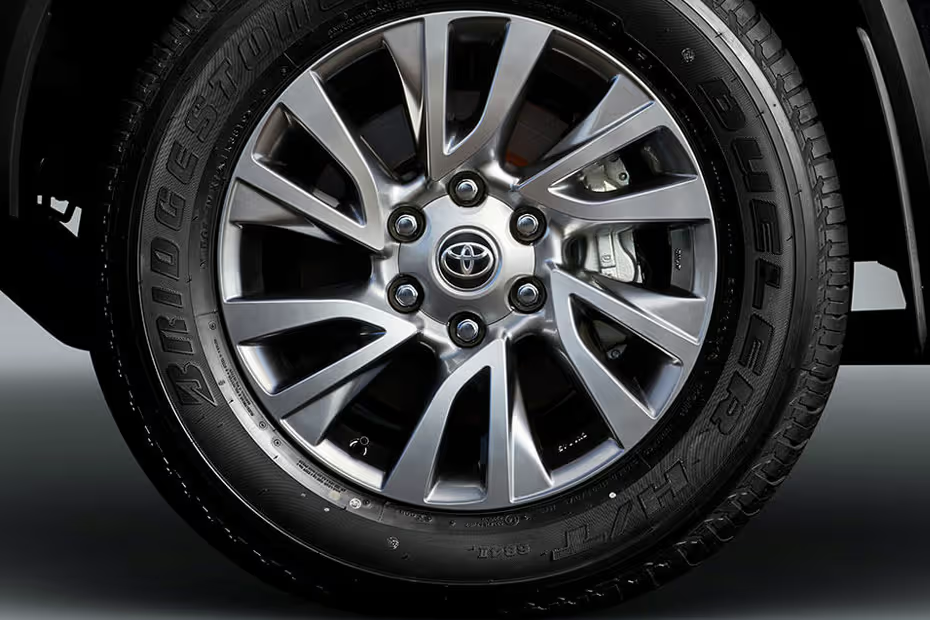



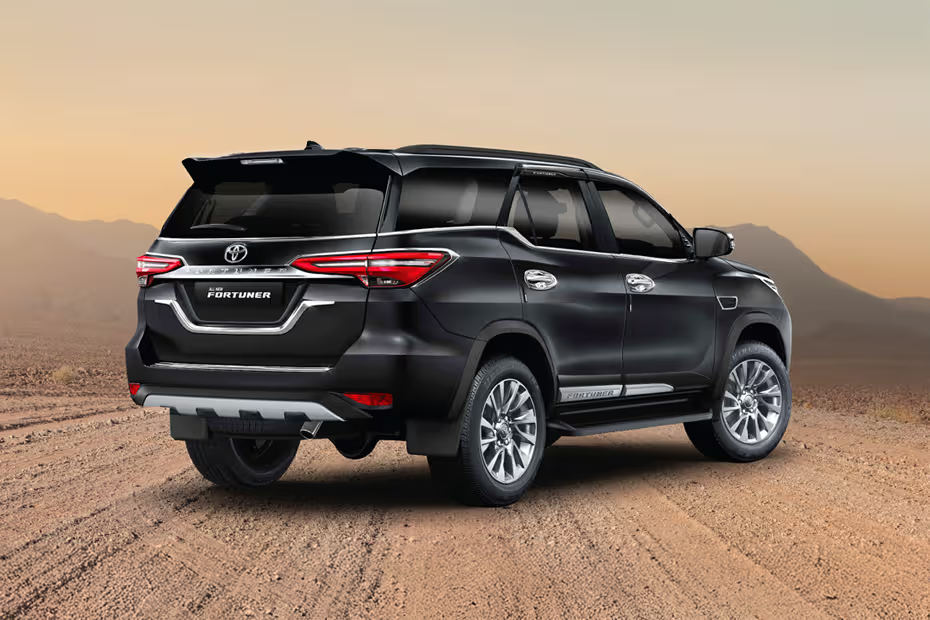

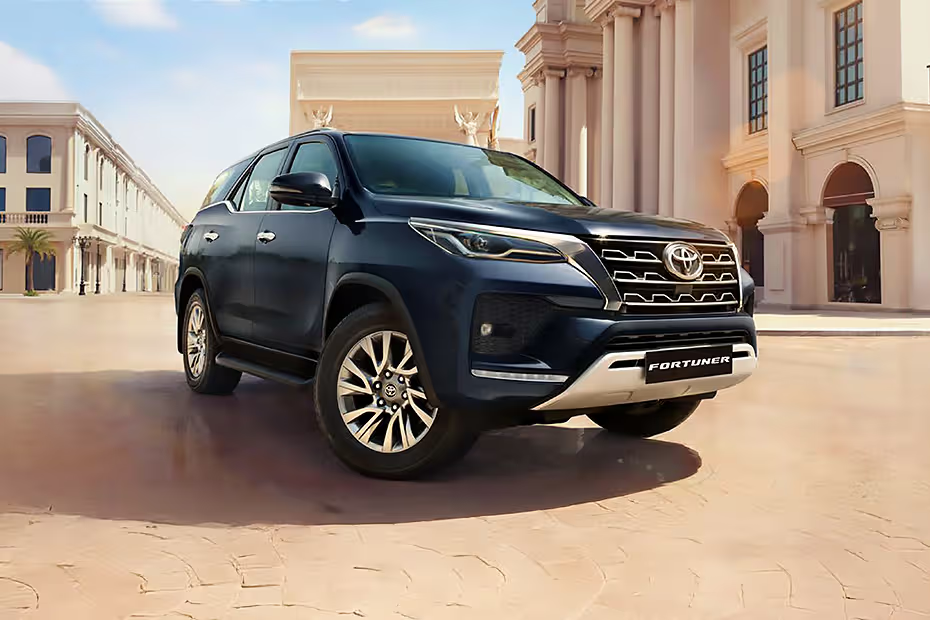
See more: Most Awaited Toyota Fortuner Finally Launched In India!
